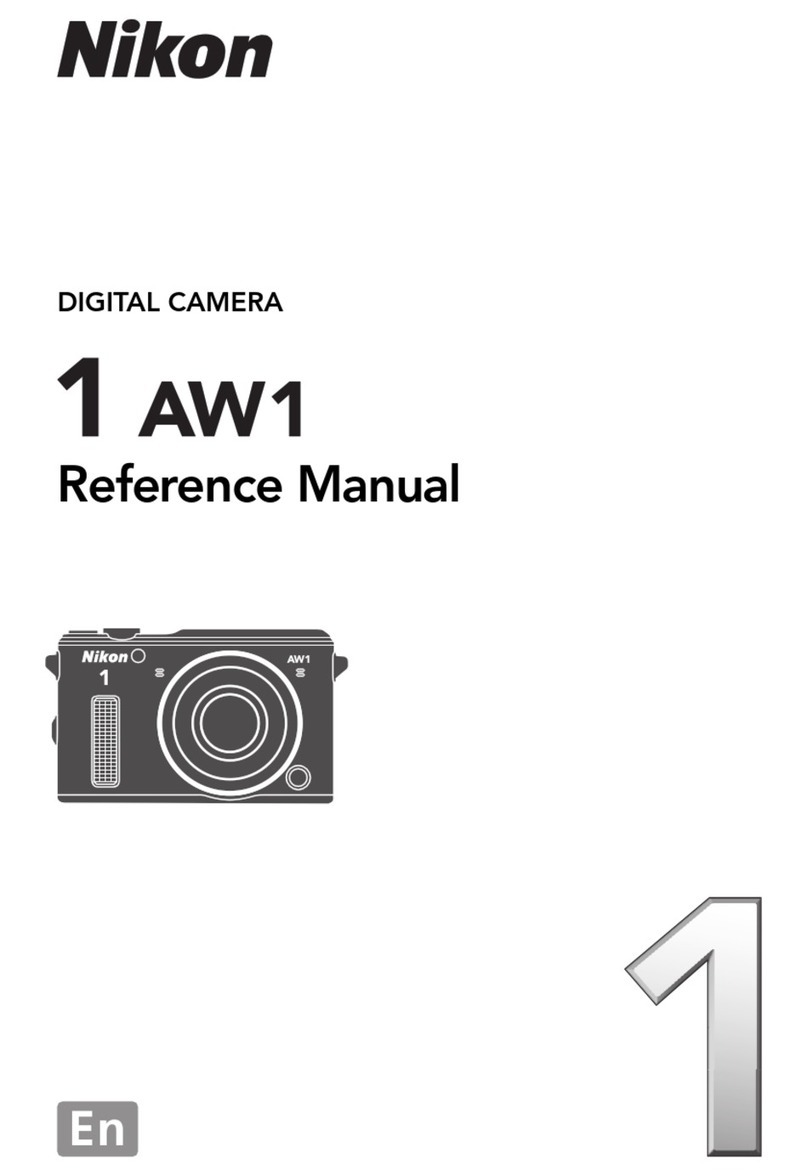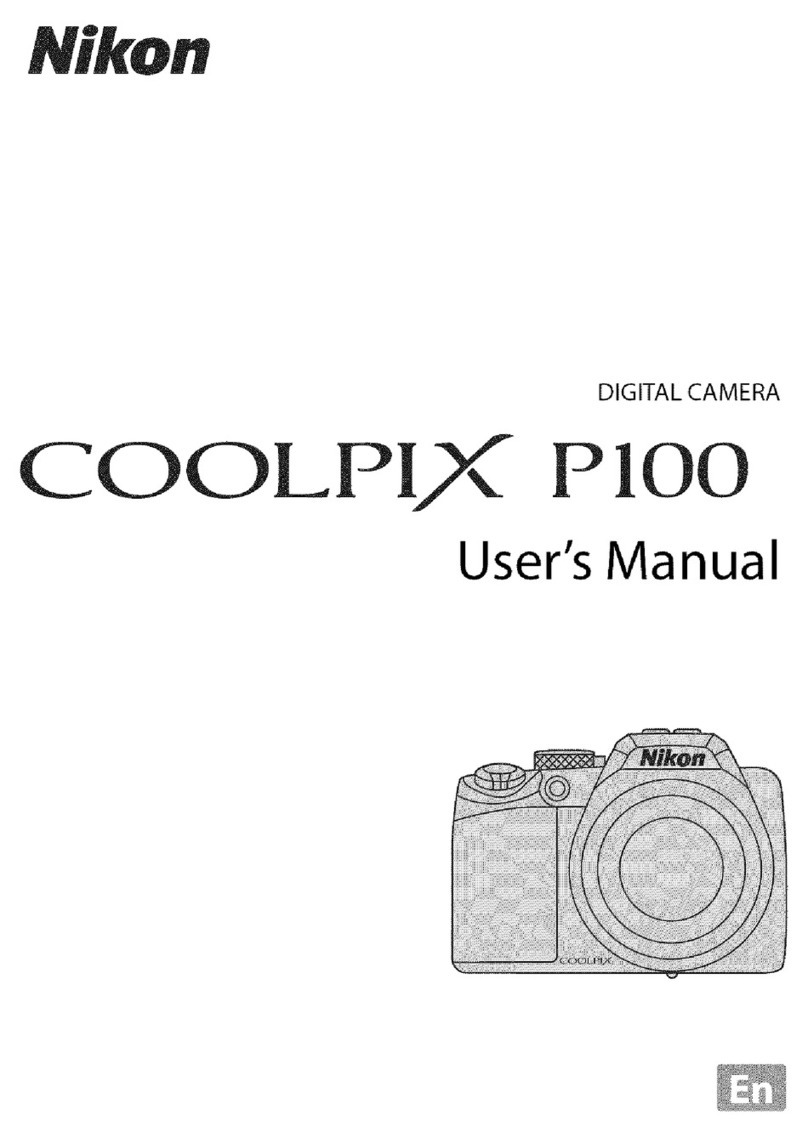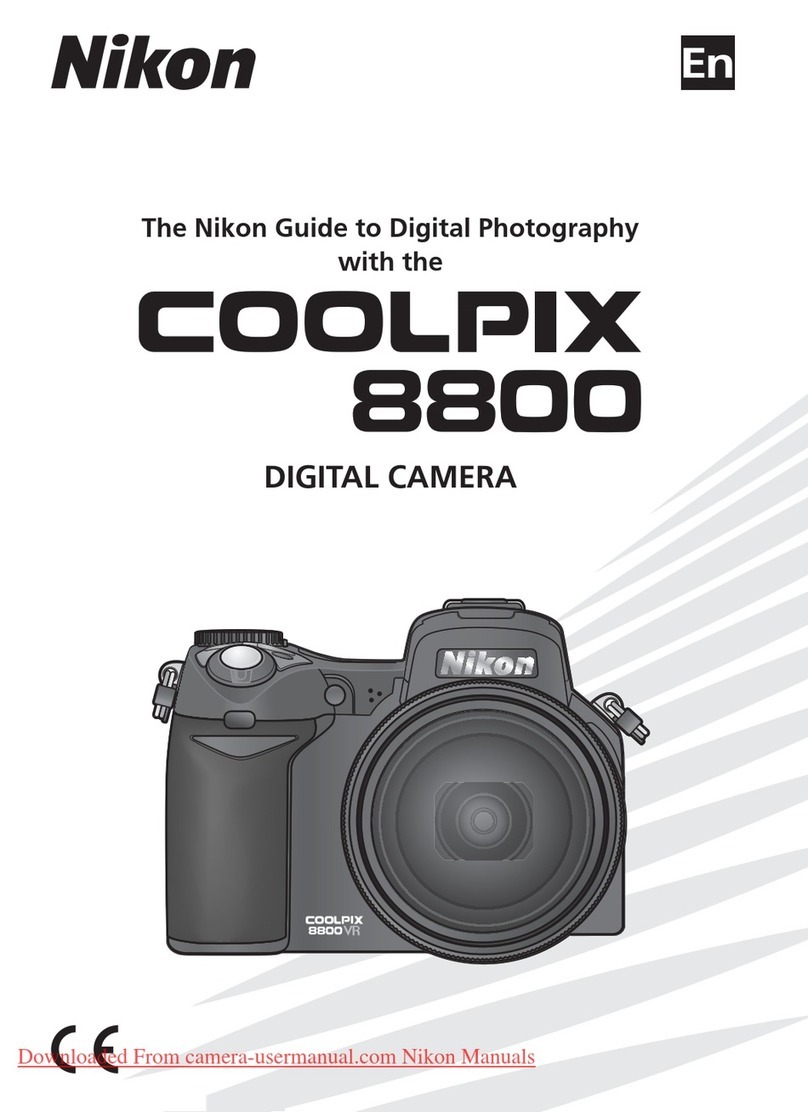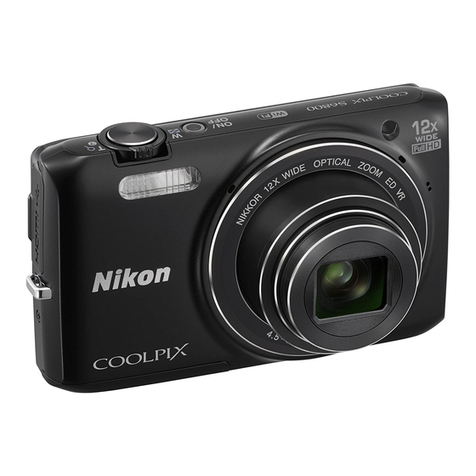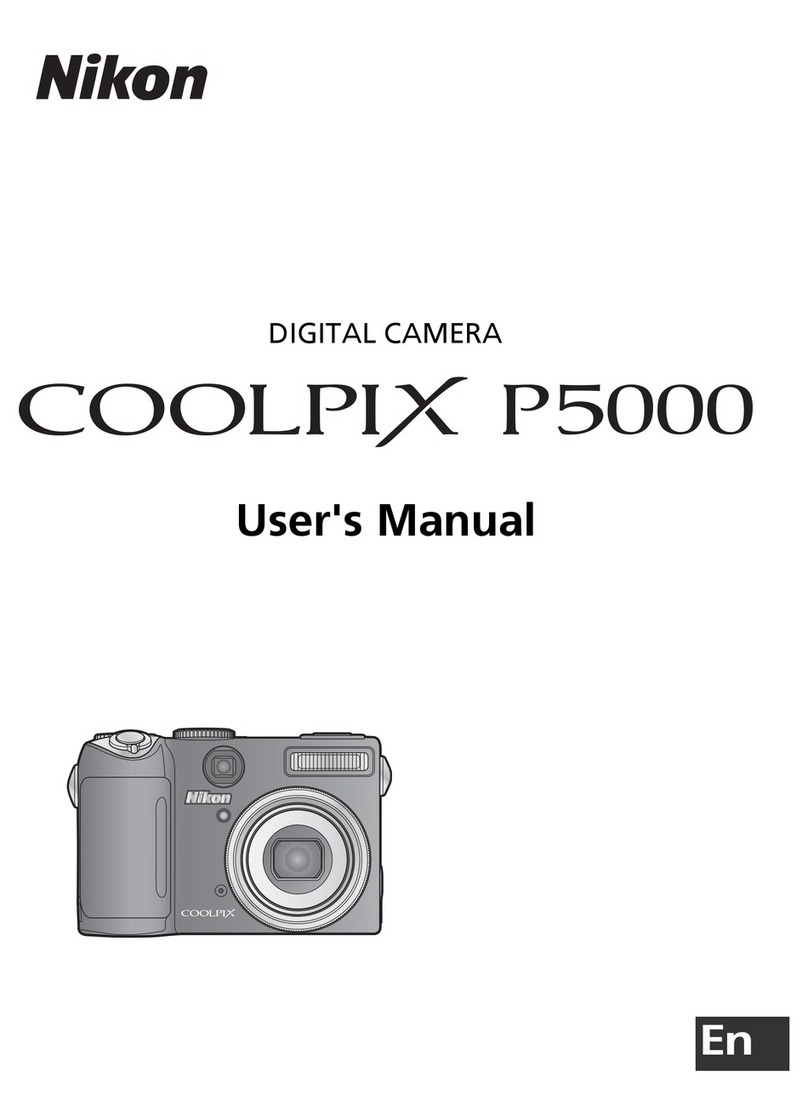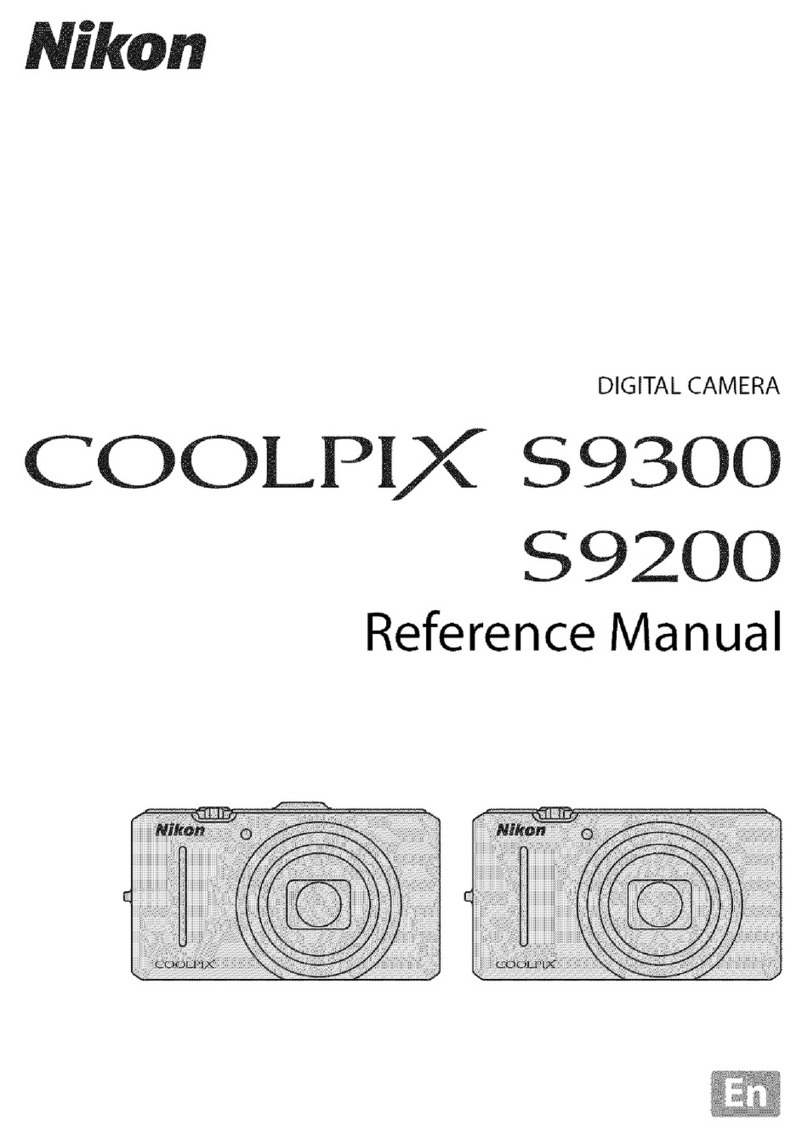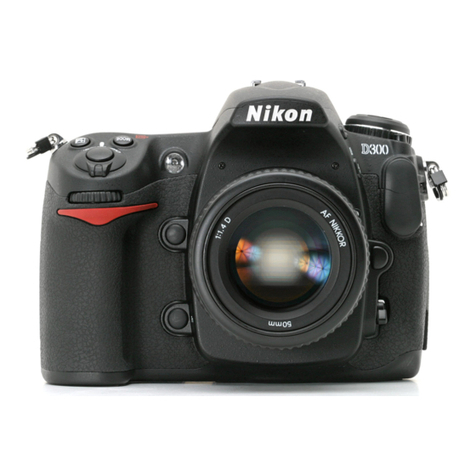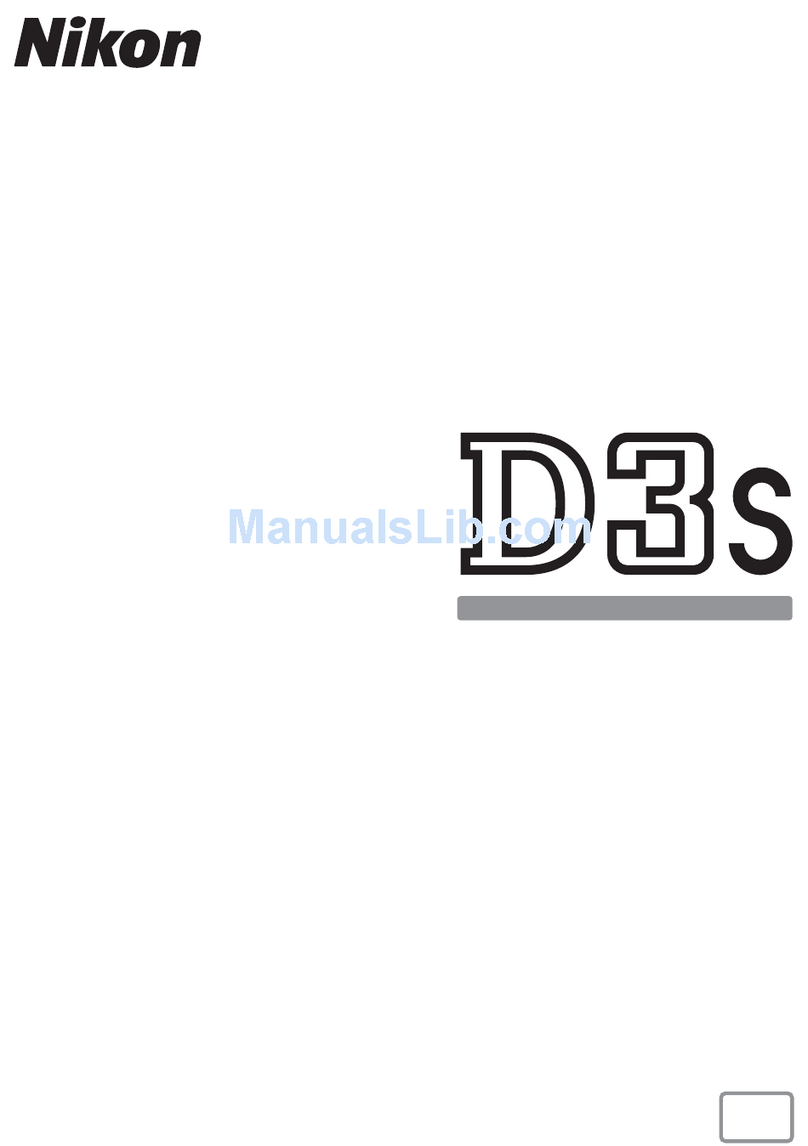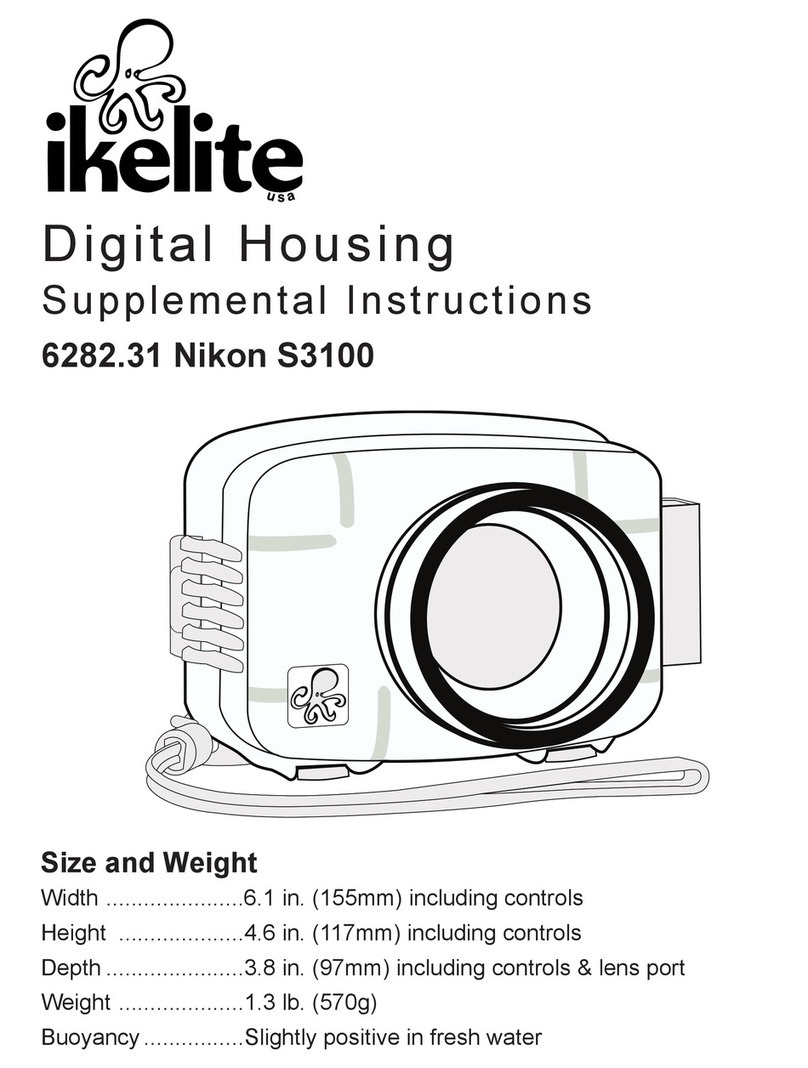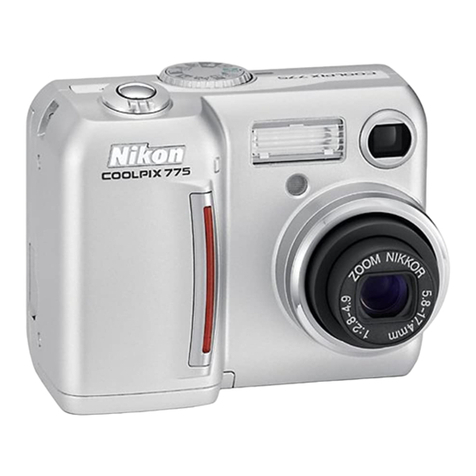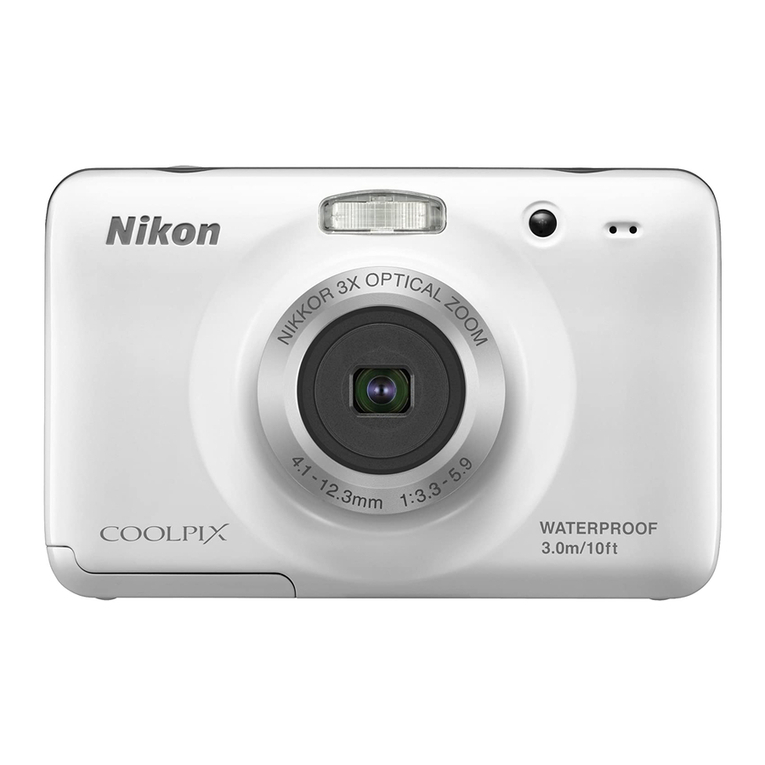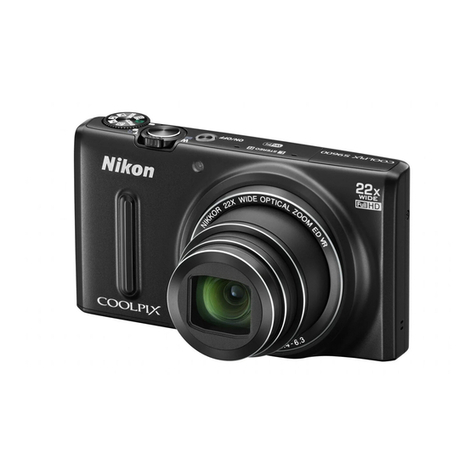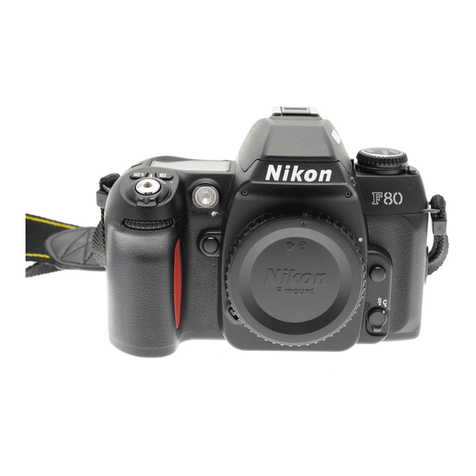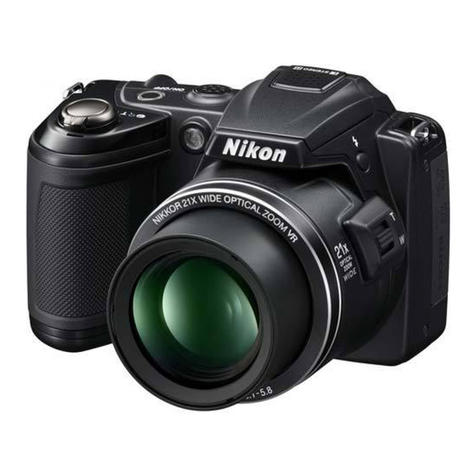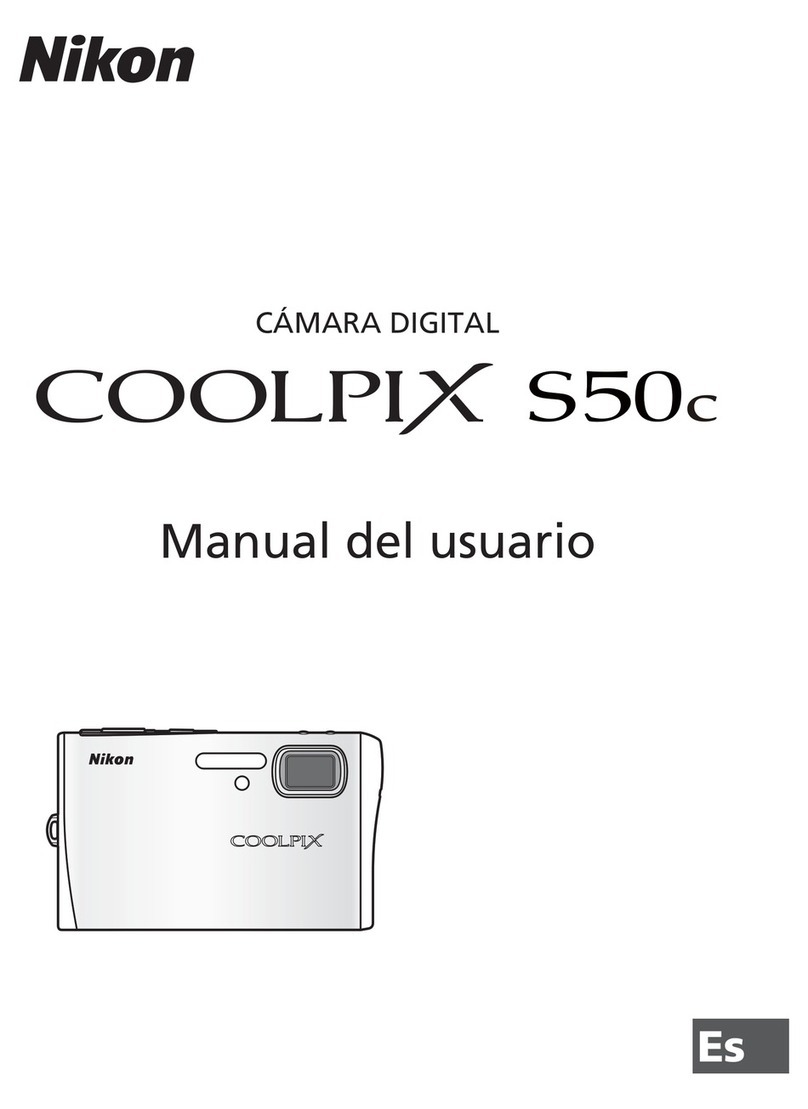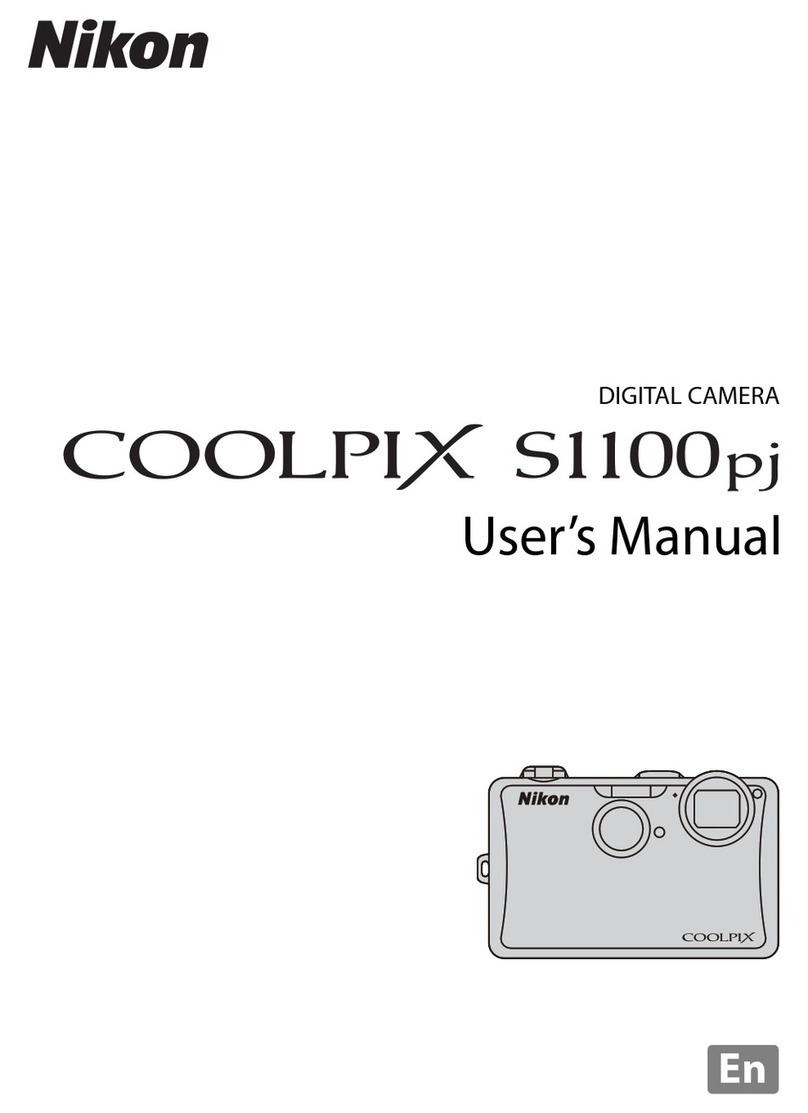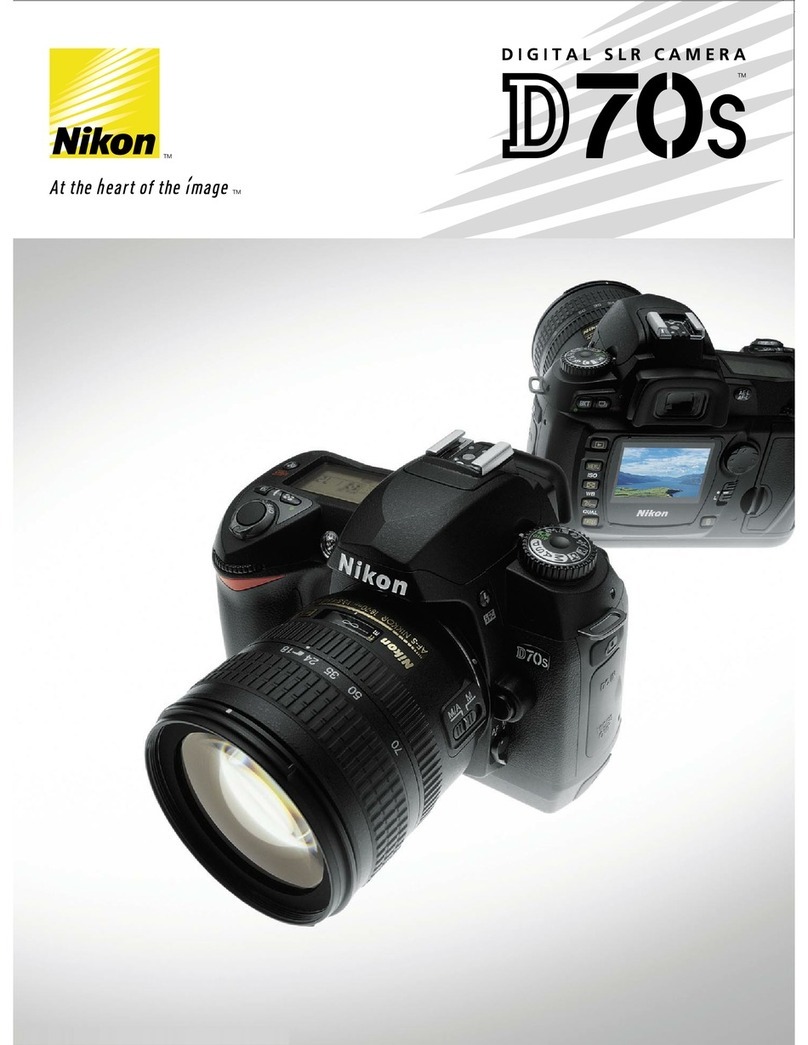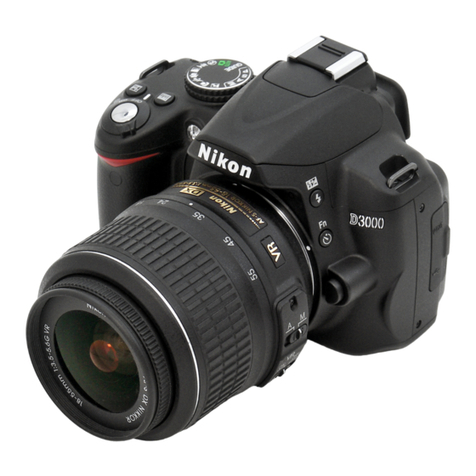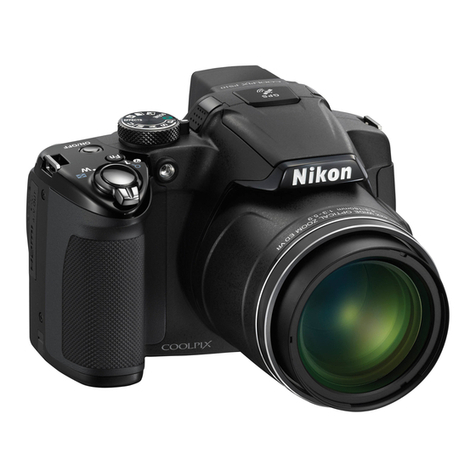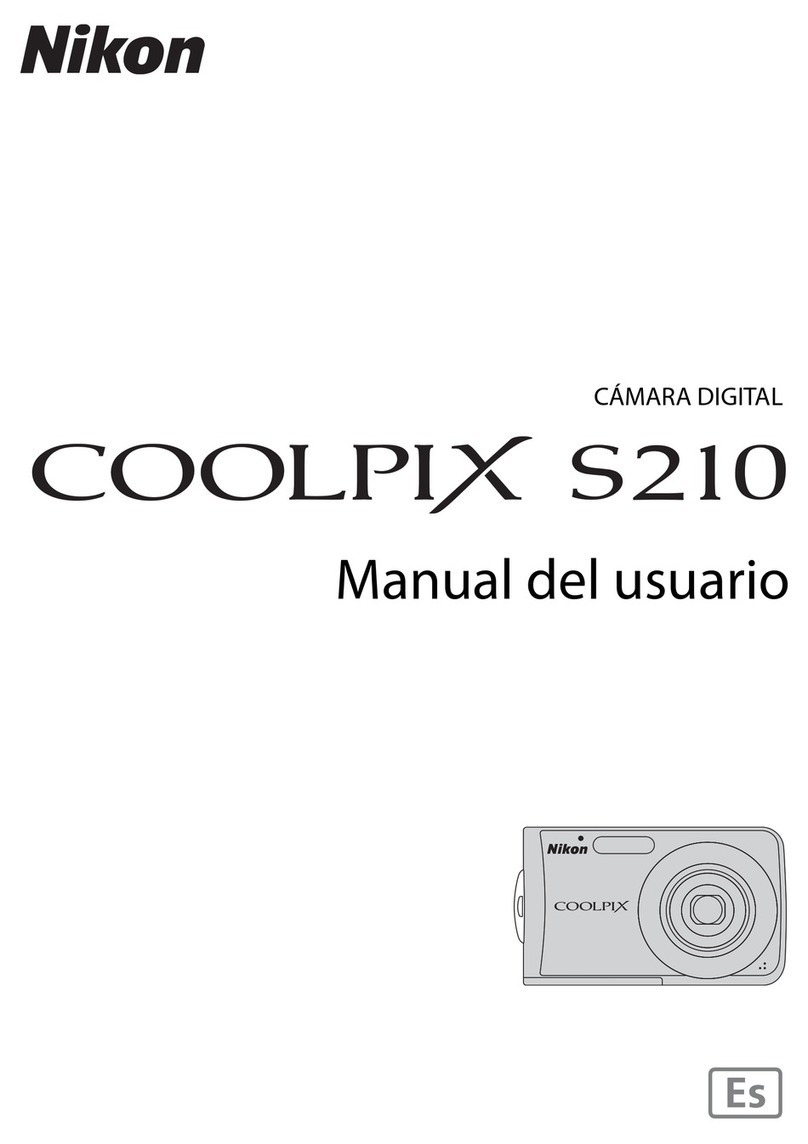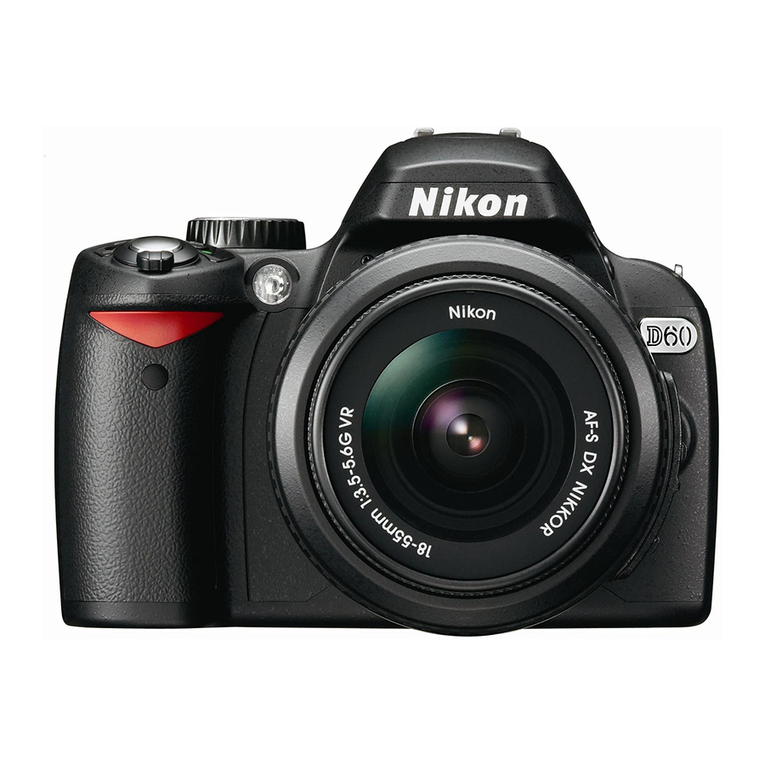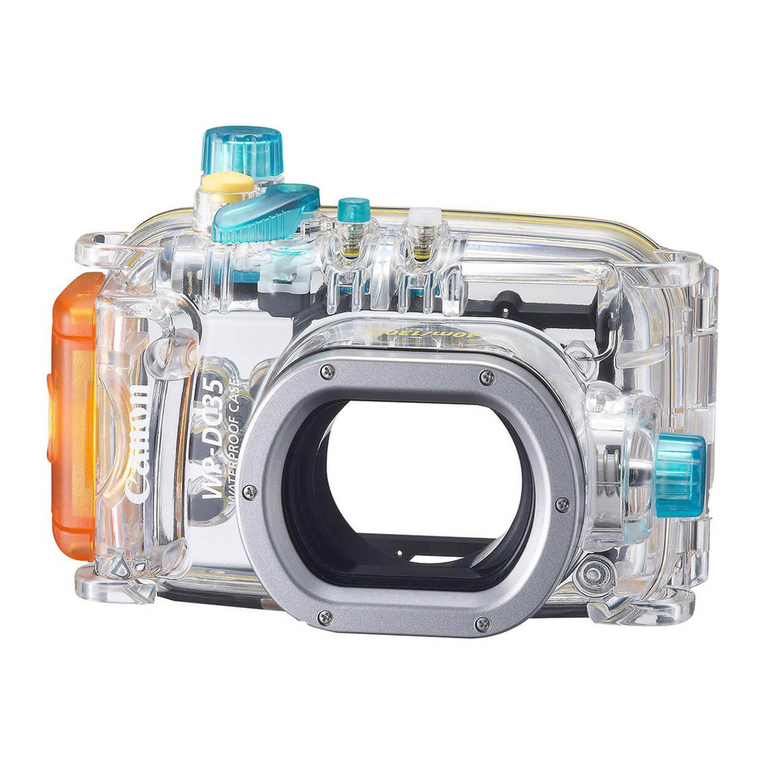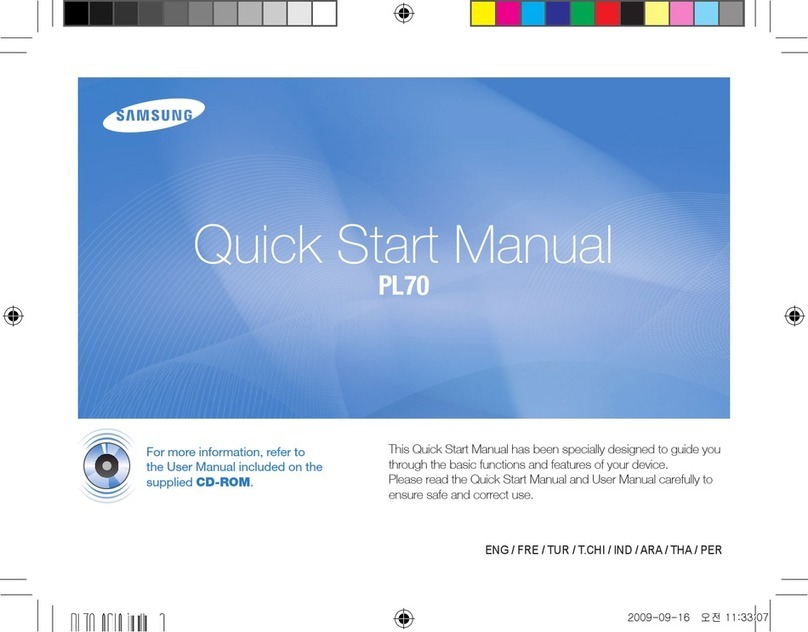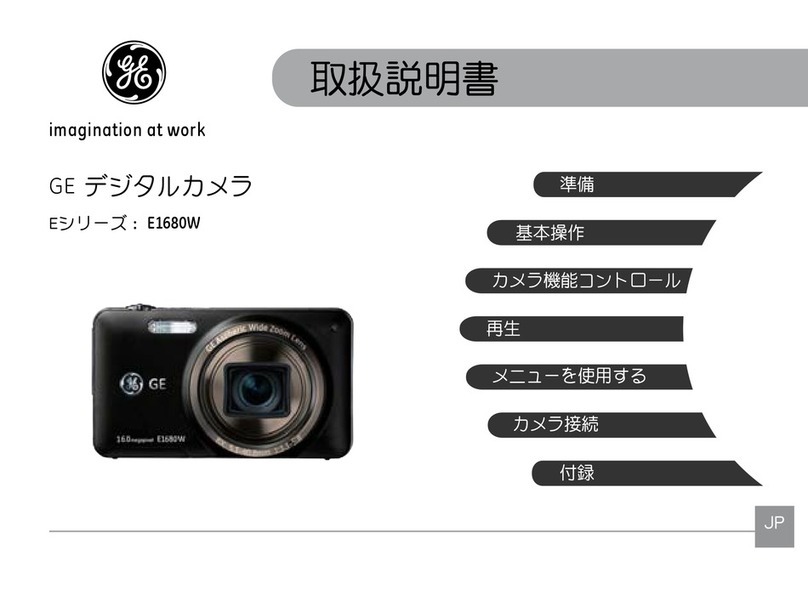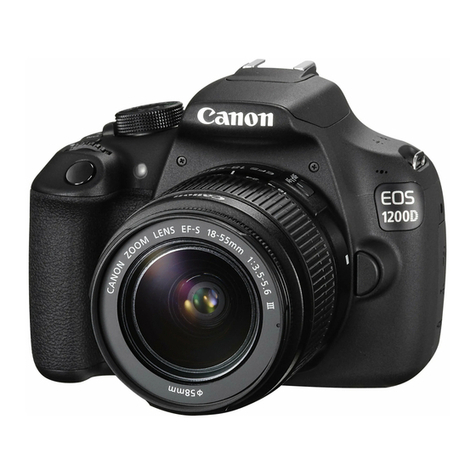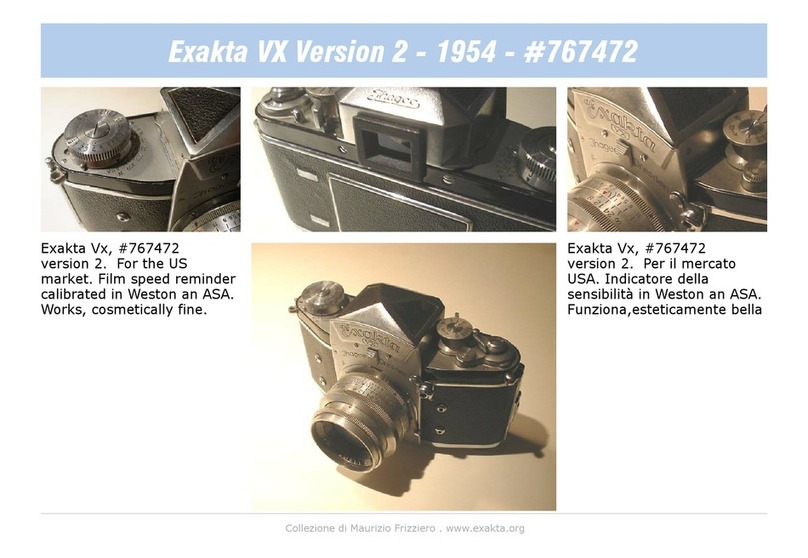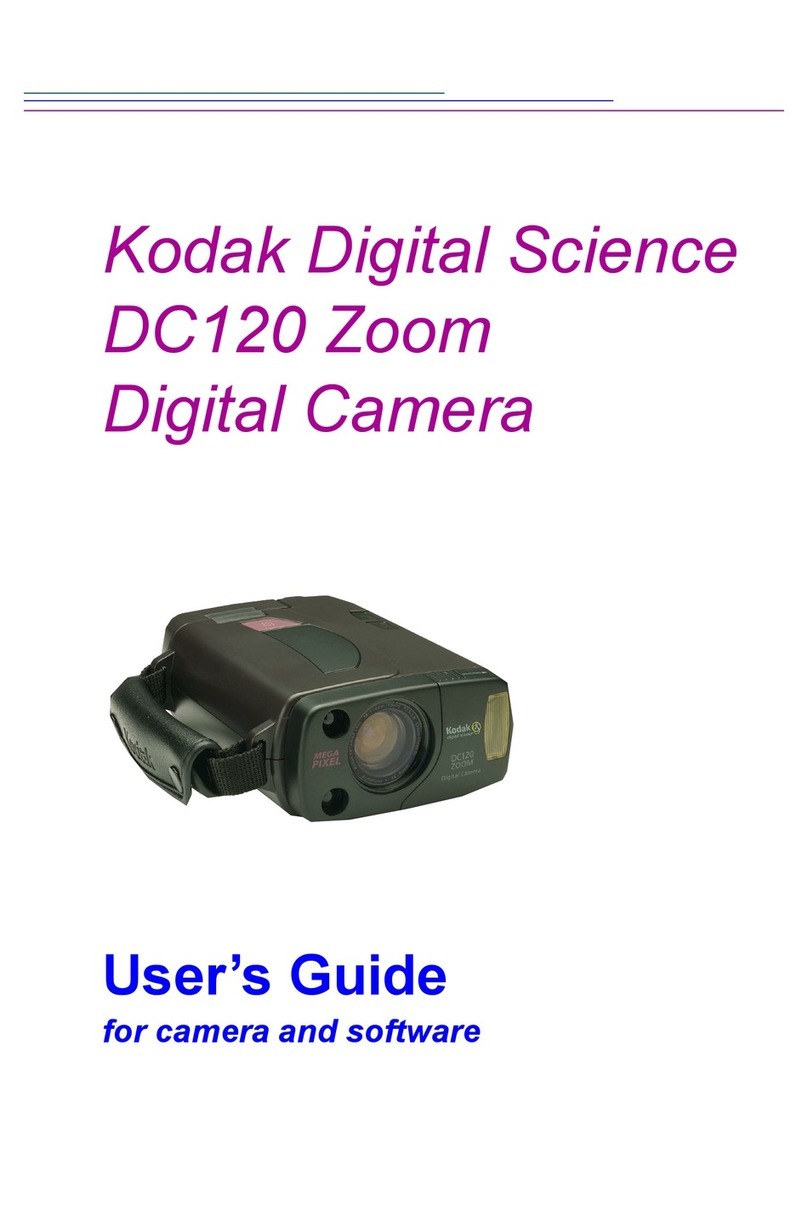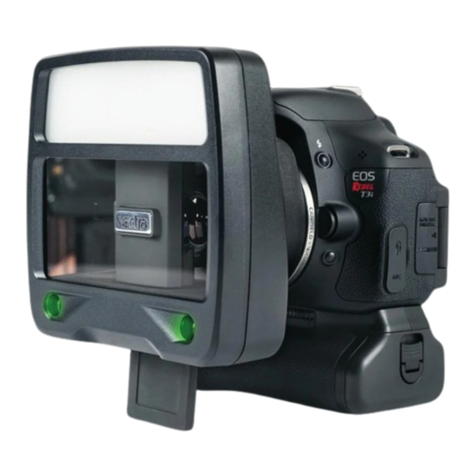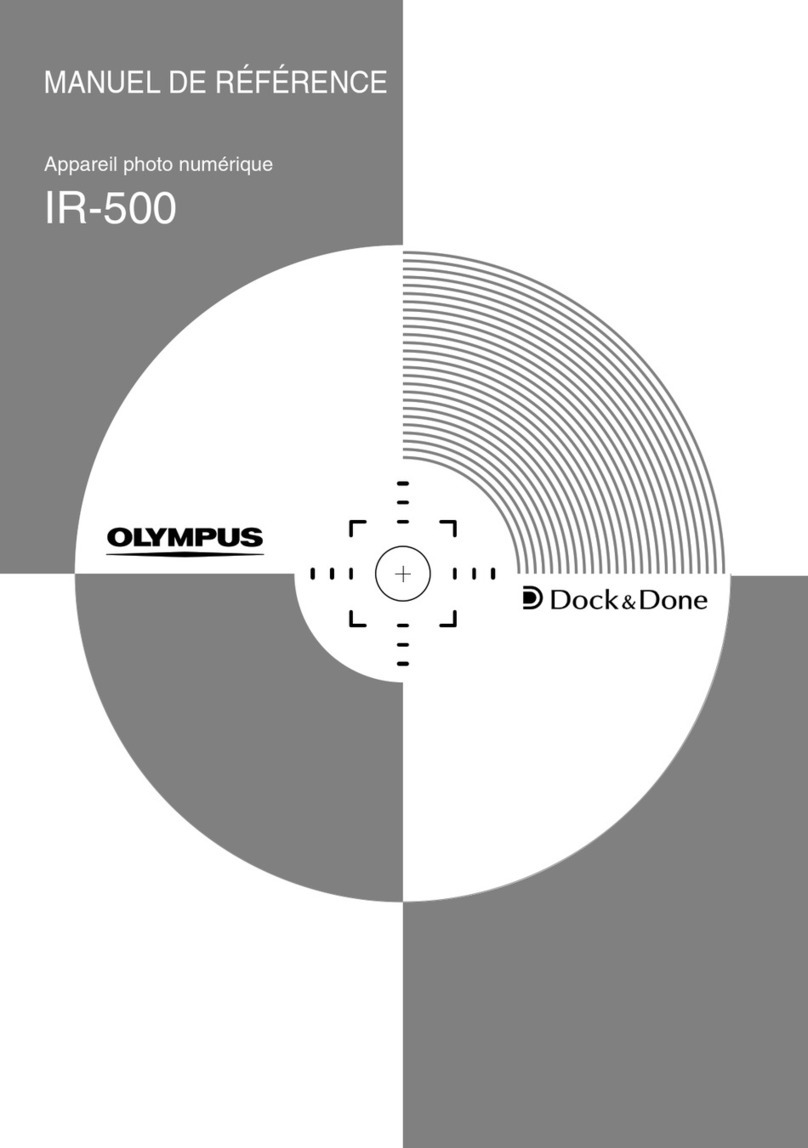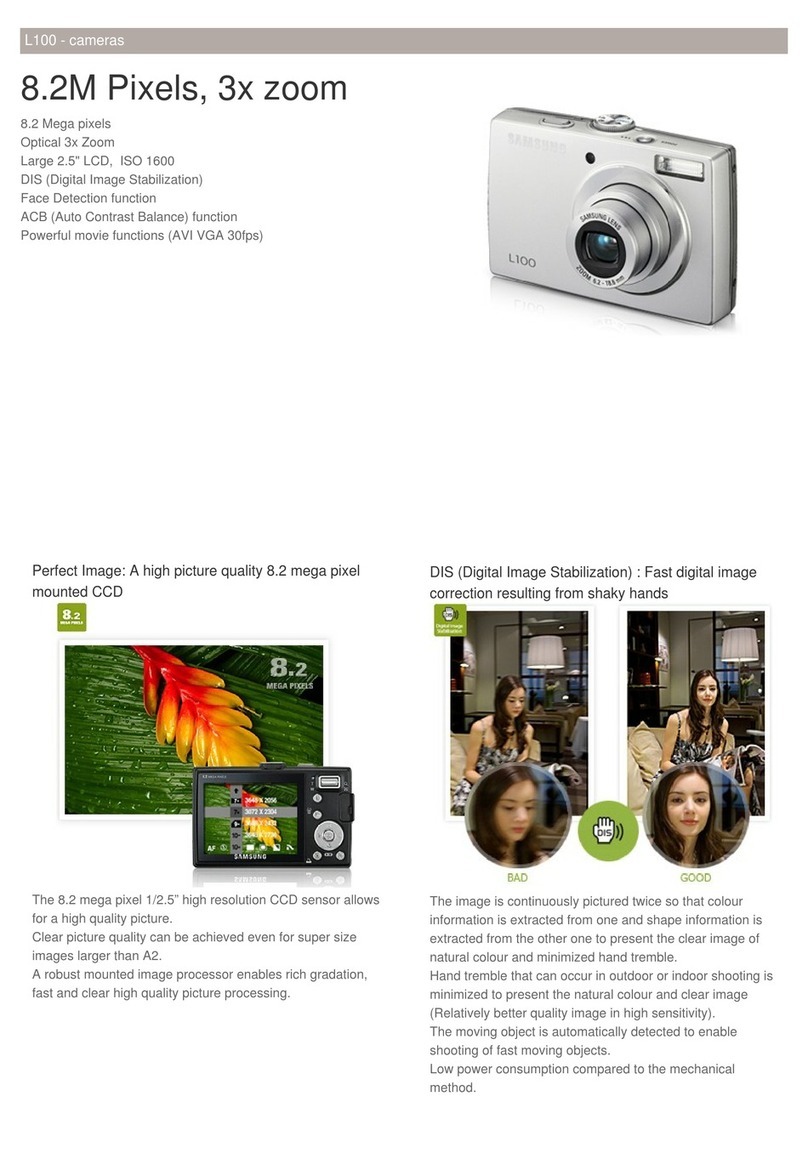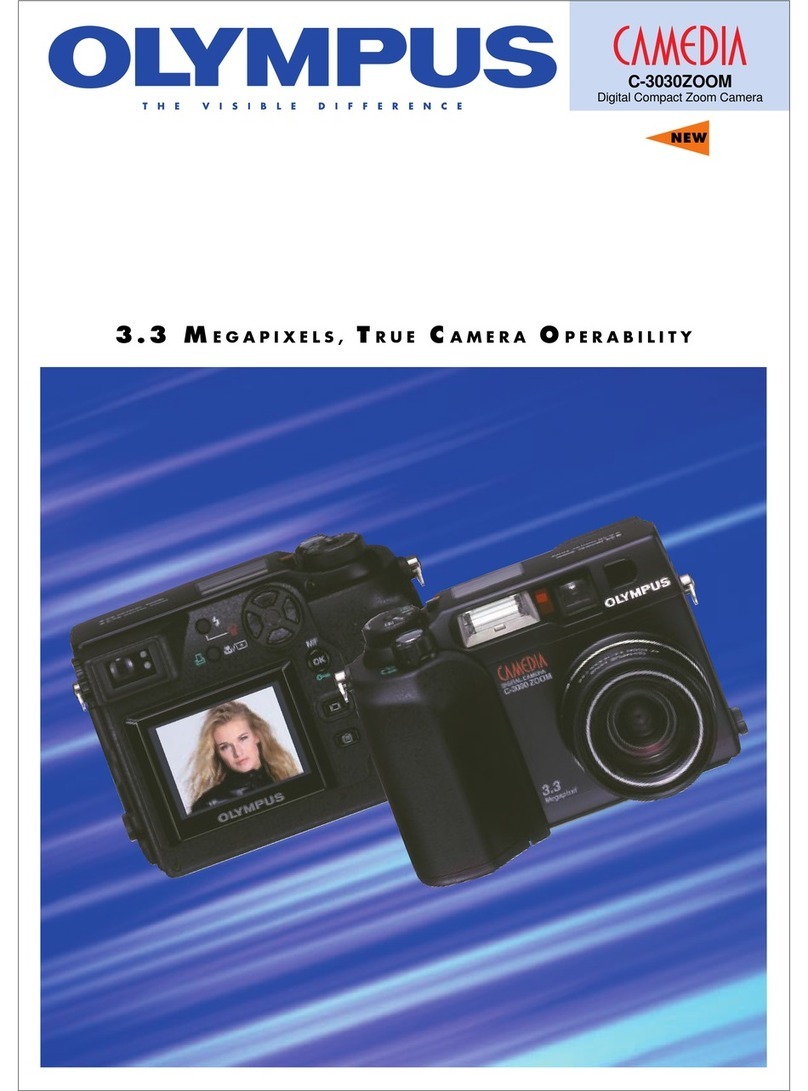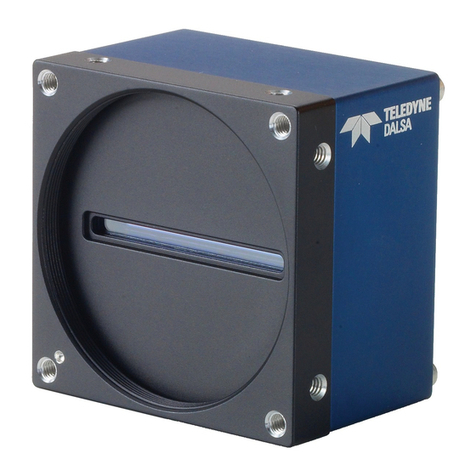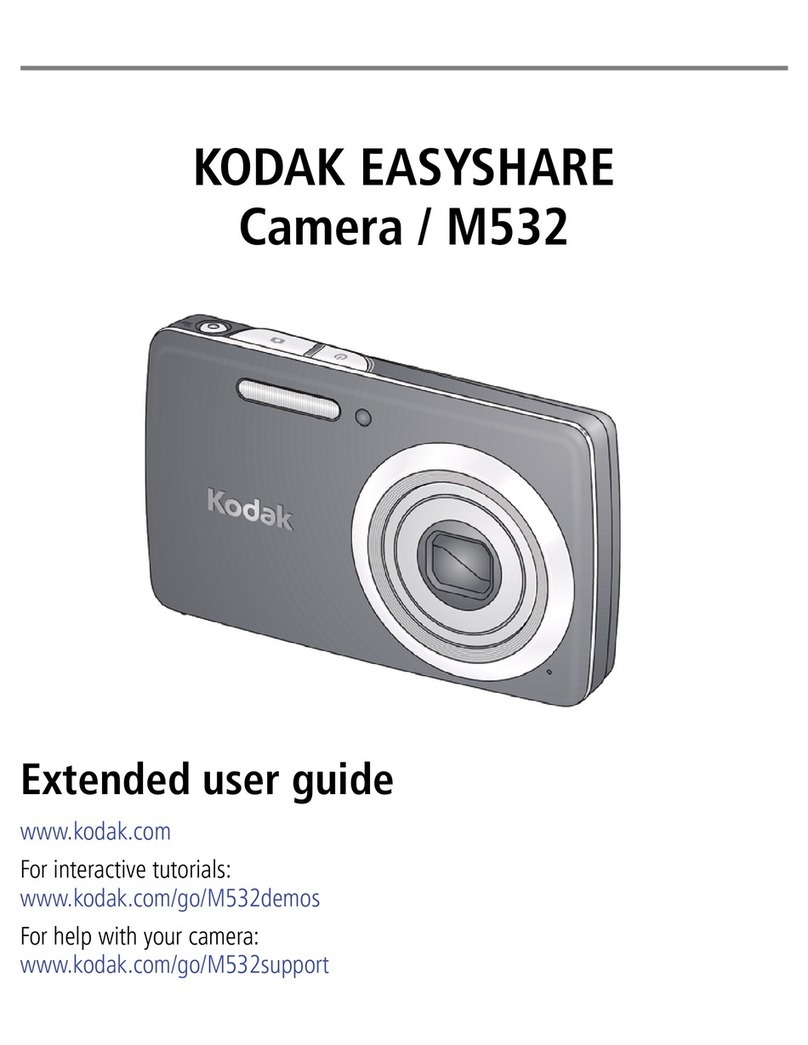
Nikon D7000 Experience
5
to different types of photographers and shooting situations and you don’t necessarily
need to learn and use them all, but this guide should help to give you the knowledge to
confidently use the ones that turn your Nikon D7000 into an image capturing tool that
works best for you.
Learning to use and get the most out of an advanced digital SLR (dSLR) camera like
the D7000 takes time, practice, patience, mistakes, and experimentation. If you are not
yet familiar with all the controls of a dSLR and the exposure concepts of digital
photography, don’t expect to just pick it all up at once, in one or two readings of a single
book. (In fact, you wouldn’t want to, as the never ending journey of learning and
mastering photography is a big part of what it’s all about!) Try not to become frustrated
when you don’t quite understand something or aren’t yet getting the results you desire.
Instead learn the controls, functions, settings, and concepts little by little, try them out in
real life shooting situations, and return to this guide, the Nikon manual, and other
photography books to address questions and problems you encounter. Continue to
learn and to photograph often and it should all begin to come together, sometimes
slowly and sometimes in rapid spurts of discovery and understanding.
If you have upgraded from an older dSLR to the D7000, you are in for a treat. Its
additional features and capabilities will more easily help you to capture images that you
were limited in consistently attaining before. Its autofocus system and rapid continuous
shooting speed in particular will help you capture sharp images of subjects and
moments that previously you may have missed. If you are new to dSLR photography,
you have perhaps jumped right into the proverbial deep end of the pool by starting out
with the advanced D7000! But don’t worry, this book will help guide you through its
features, controls, and capabilities. Be sure to take it slowly and patiently and start with
the basic features and concepts that I will explain. With practice and experience you
will soon be shooting with confidence and can begin to take advantage of the camera’s
more advanced functions.
Using This Guide
There are many different ways to use a digital SLR camera and its controls to capture
images, and I’m not going to attempt to explain them all. I am going to concentrate on
the ways that I believe are the most practical, useful, and effective. The settings and
techniques I discuss apply to many types of general photography, including most travel
photography. I will point out other options for users who might wish to work differently
and I encourage you to experiment and find the techniques that work best and are most
comfortable or intuitive for you.
Since this guide is intended to help you get the most out of your D7000, I will not
discuss or go into detail about all of the automatic features or Auto and Scene Modes.
The D7000 is a highly sophisticated tool that deserves to be used to its full potential,
and that involves taking control of the camera and its functions, which means taking it
off Auto, off Program, off automatically selected auto-focus points, off Auto ISO. While
this may be more challenging at first, these are the techniques that are necessary to
take full advantage of the capabilities of any dSLR including the D7000, and will lead

